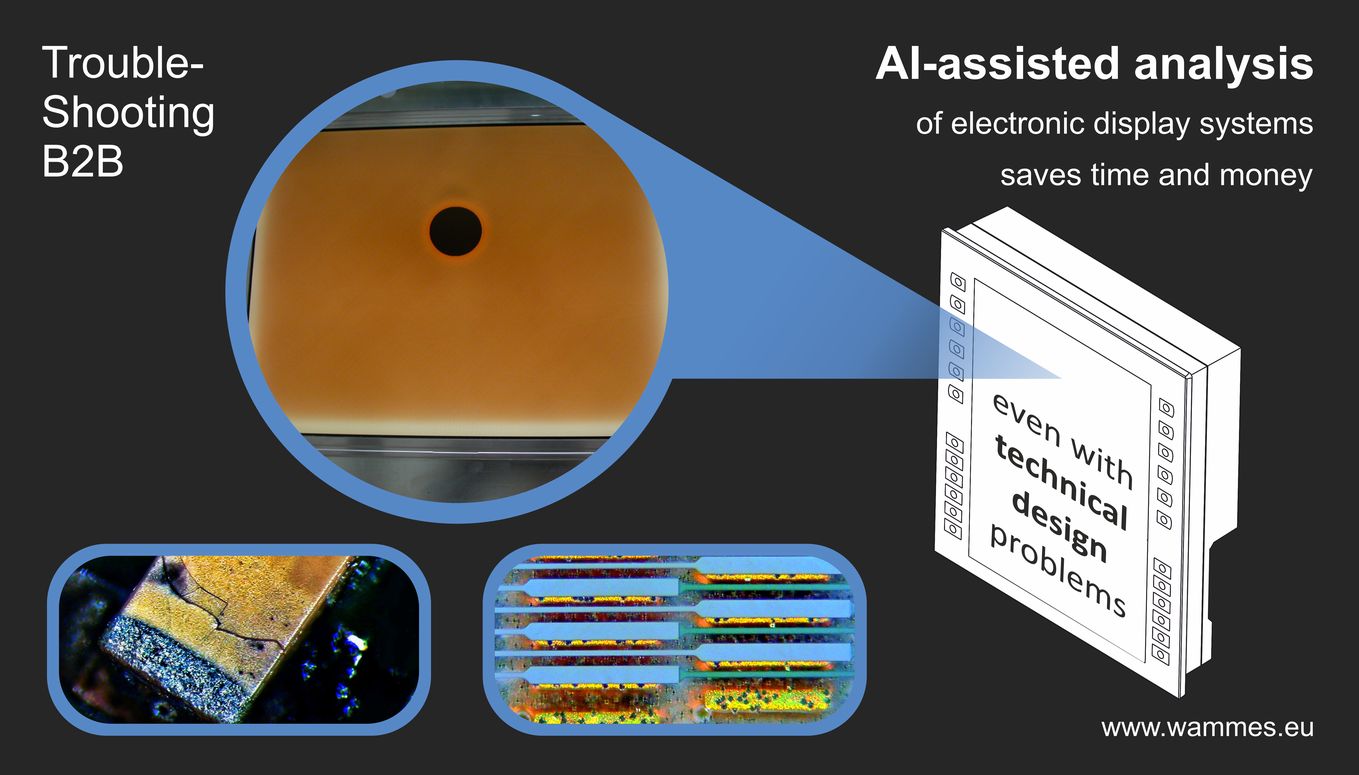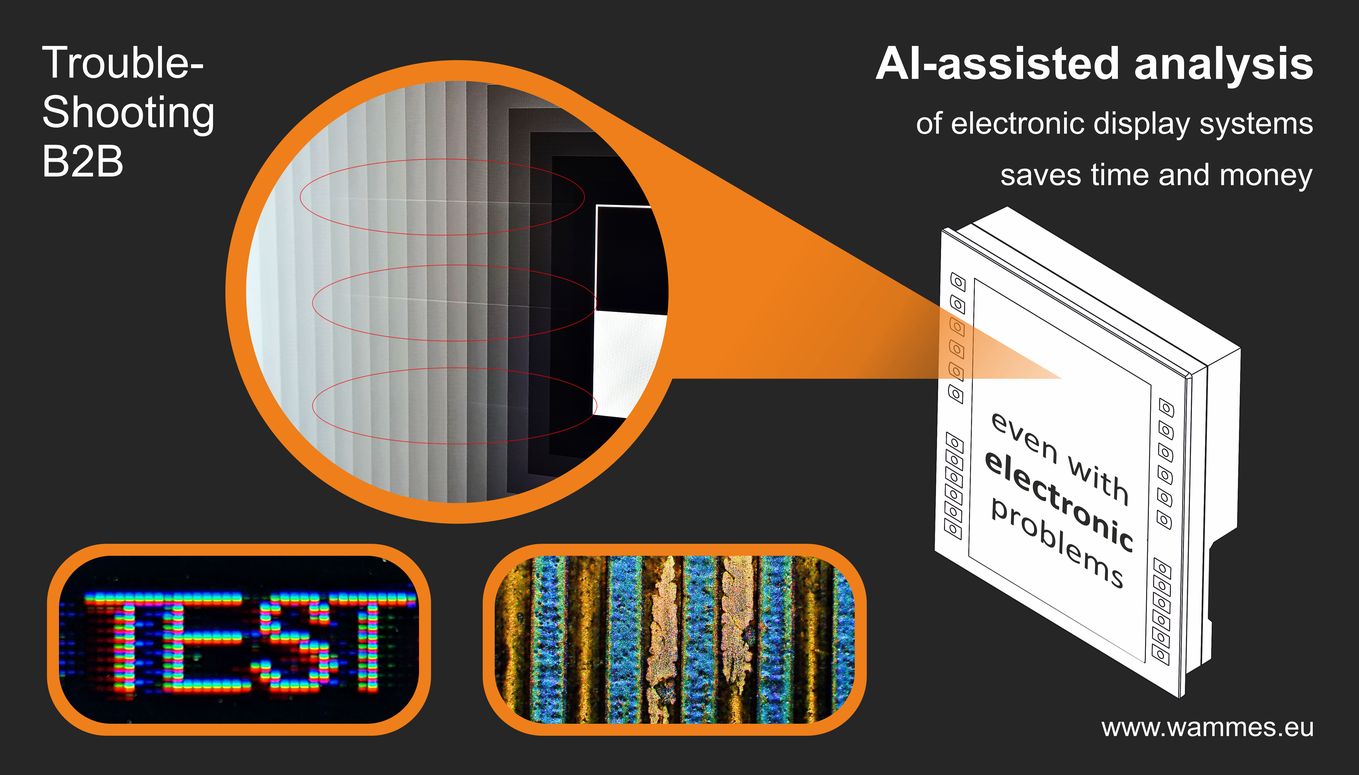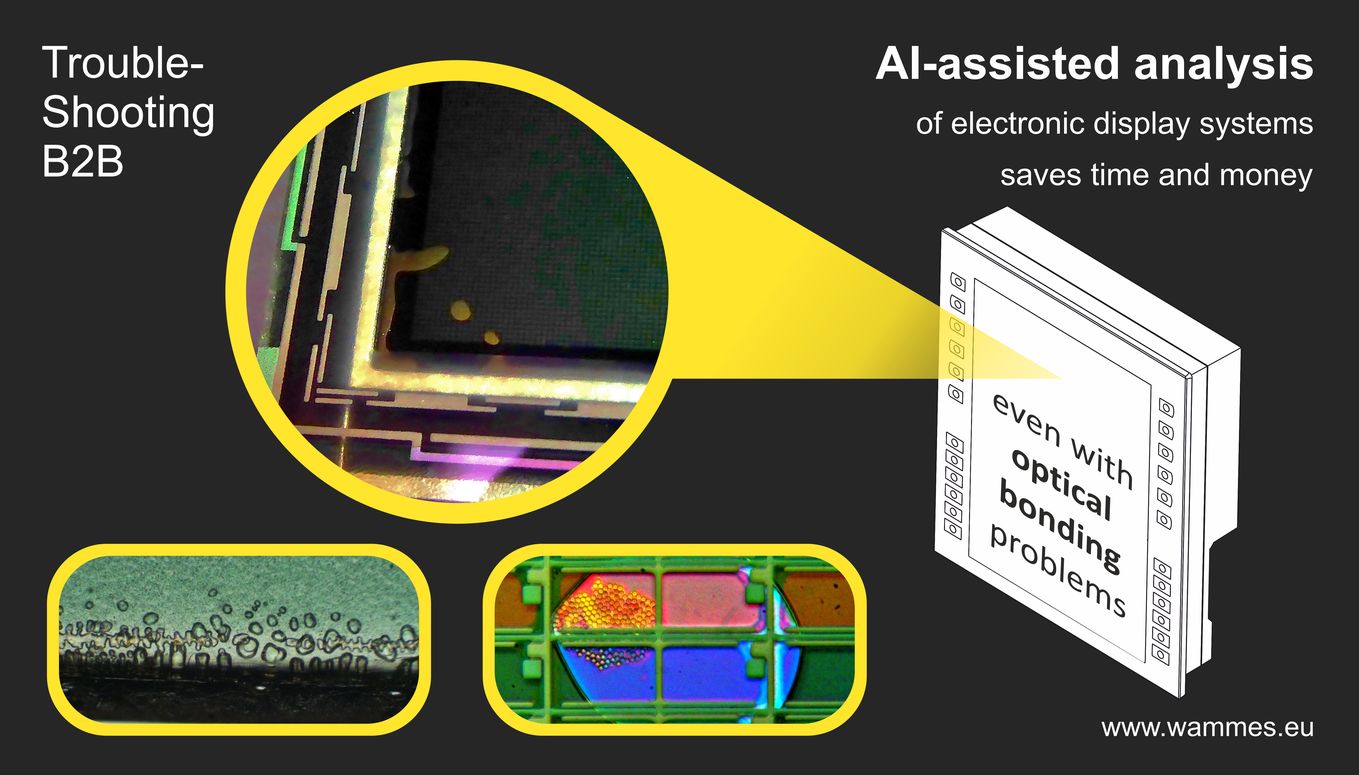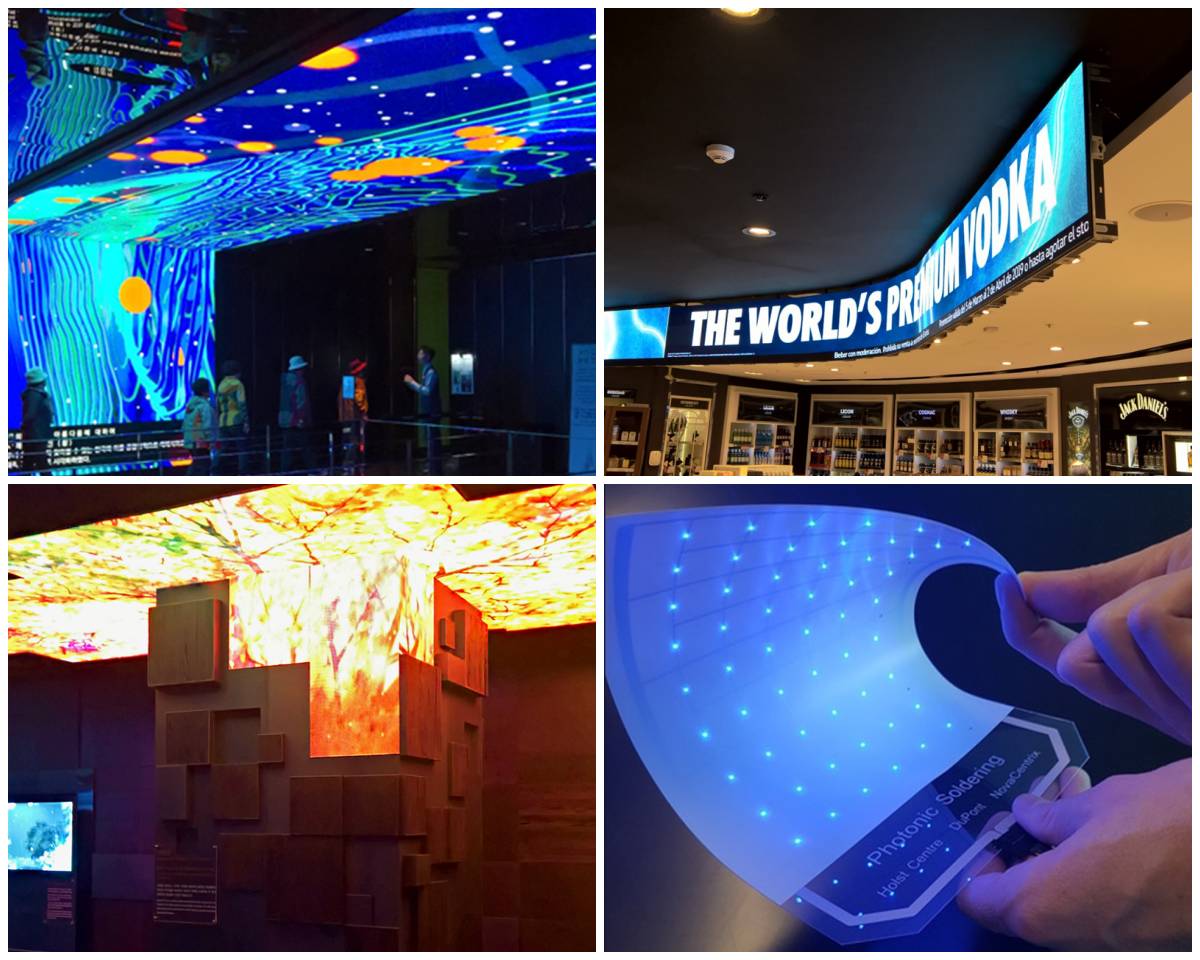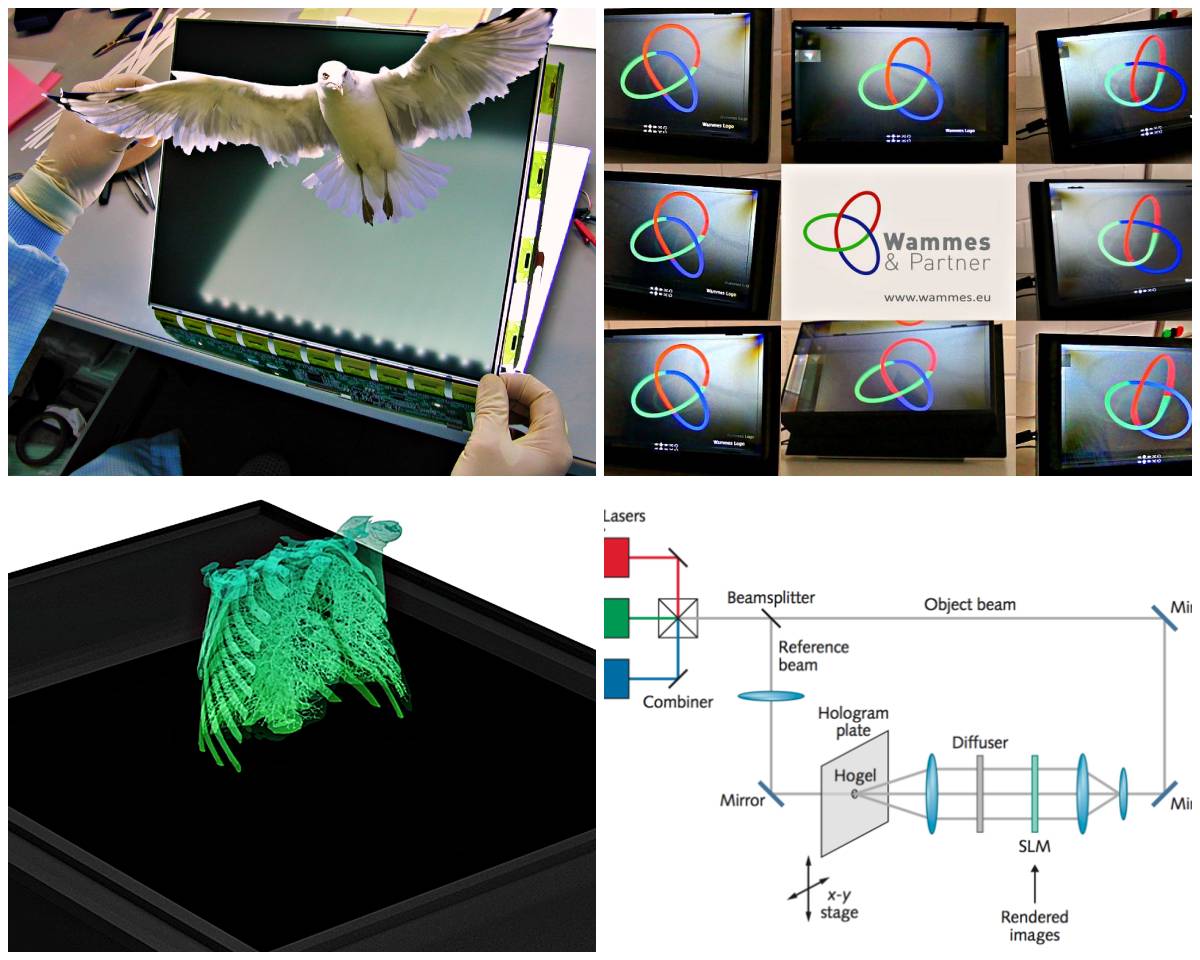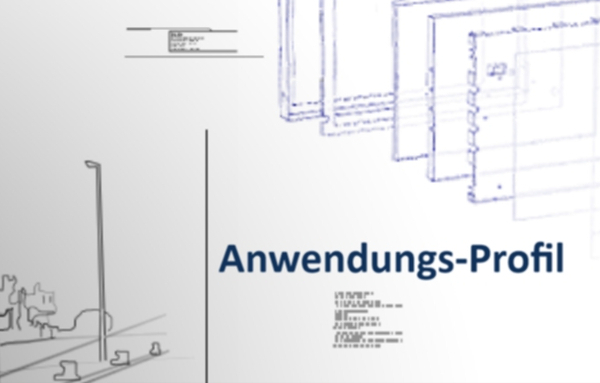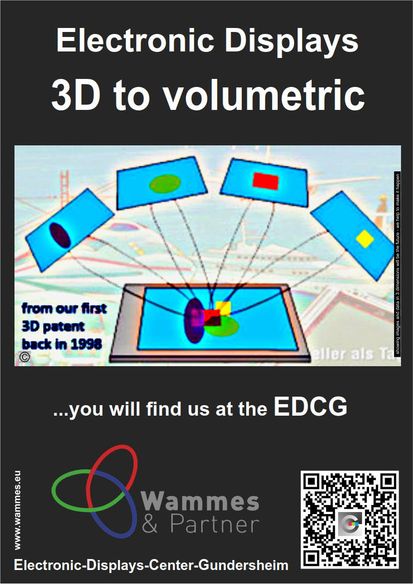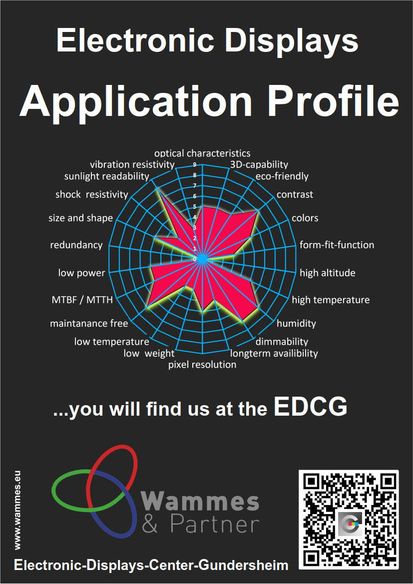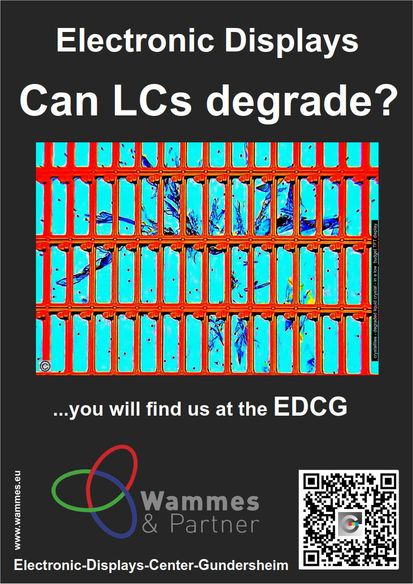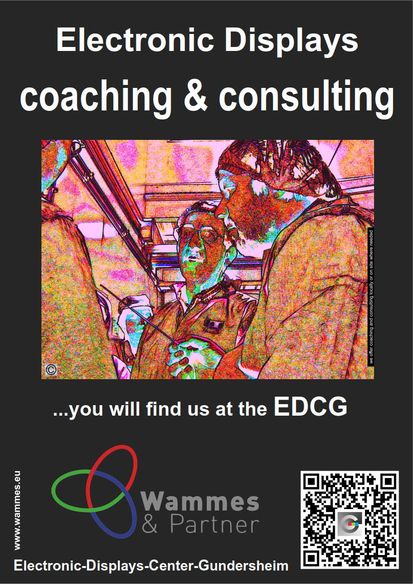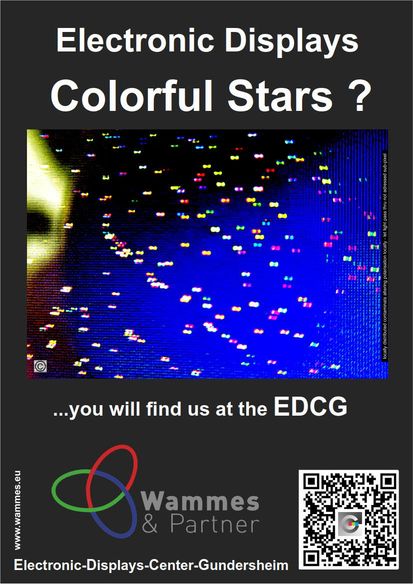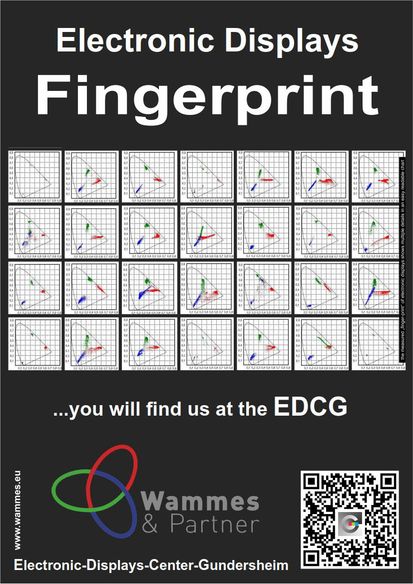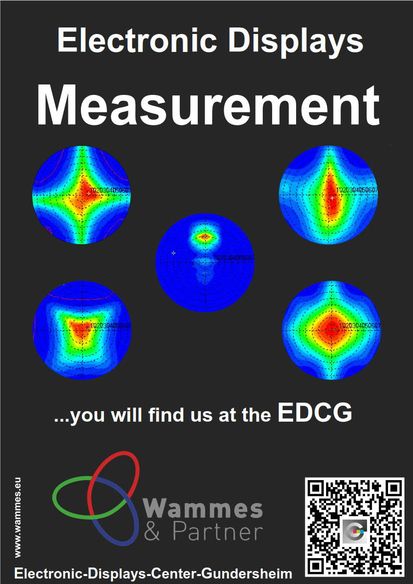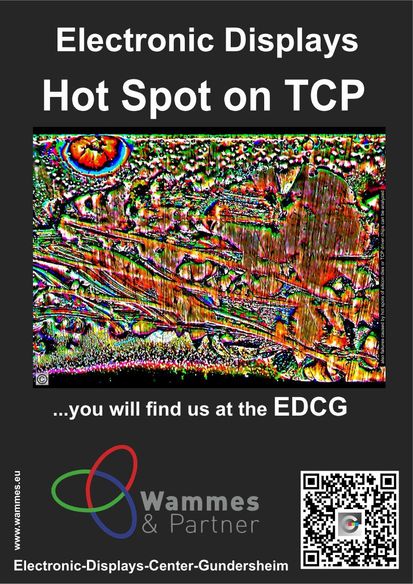Bright Fusion
Lighting and display will converge more and more
The properties and effects of light are only now being understood bit by bit, and with it what can be achieved with light and how it can be used. As a direct consequence, the convergence of the historically separate fields of display and light or illumination will grow closer together in the short rather than medium term. The abstracted special case of two-dimensional, pixelated, flat, electronic displays, which have so far used light exclusively to fulfil their information display function, will continue to blur. Classic lighting will take on new functions and be optimised in terms of geometry, function, appearance and speciality. Lighting is evolving towards displays and displays are evolving towards lighting - and together they are opening up completely new areas such as smart surfaces or holography.
Light already has new functions today, for example in the optimised light spectrum at the workplace to improve productivity in shift operations. But: complexity will continue to come to the fore and the abstract word display will (have to) change. To put it bluntly, displays are currently information-projecting discs in a housing that is at most curved. In future models, housings may no longer be visible at all. Users will not recognize the display as such until it is switched on, which changes the "light".
One step back. The convergence between display and light is actually rather inevitable. From a physical point of view, a display is only a special case of light or illumination, a modulated, highly pixelated sorting of individual light sources, which together enable the transmission of information. Besides, the light in a display can also make it bright, as mobile phones demonstrated for the first time: in addition to the LEDs for flashlight and torch, the bright screen is also used as a light source.
In other words, this special case of a tightly framed or wrapped display will be understood in an increasingly broad sense. The focus is not only on design, but also on the question of what else the light source should ultimately be able to do apart from transmitting information in the form of images and text? In terms of surface mimicry, displays will generate information not only on a flat surface, but preferably in free-form surfaces - of any type of contour and dimension, for example in the direction of smart surfaces. There is already a trend towards ever higher resolution, mechanical flexibility and functional surfaces. The next step is volumetric representation. For example, fully movable holograms - preferably lifelike - science fiction sends its regards.
Ultimately, displays remain a modulation of light, even in their extended meaning, although in a different way than is the case at present - it really becomes 3D or rather, it grows out of 2D and approaches the real world - also via the detour of augmented reality. The field of tension between information reproduction and lighting remains, but in a much wider range of applications than the classic, electronic flat display of today.





